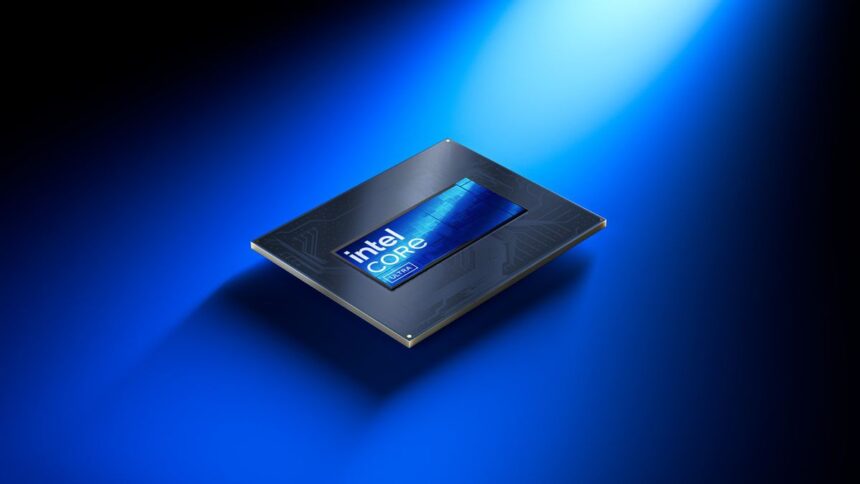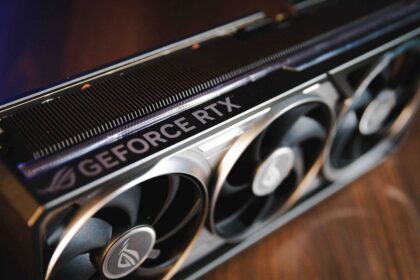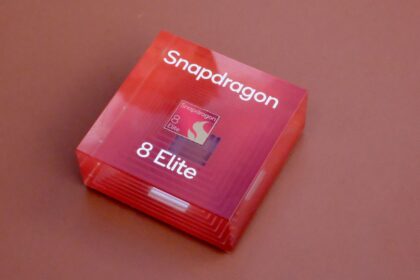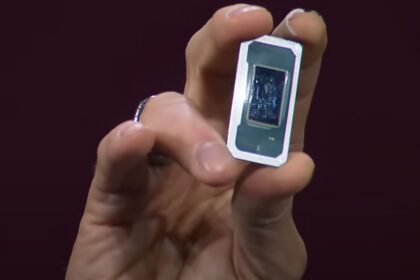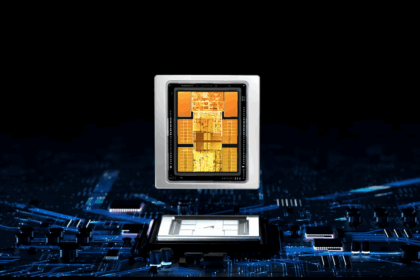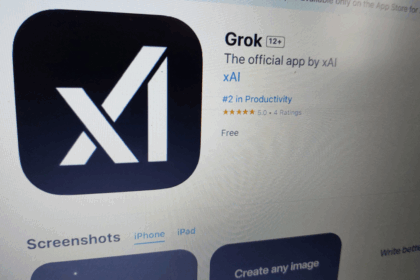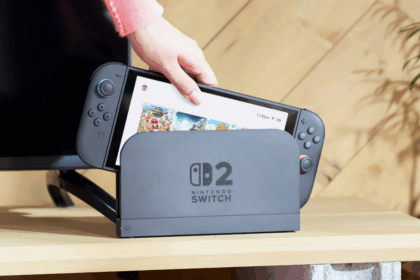AMD dominates the handheld gaming console market, powering most devices with its Ryzen Mobile APUs. However, Intel is looking to carve out a bigger share with its upcoming Panther Lake and Arrow Lake-H processors for mobile devices.
In an interview with LaptopMag, Robert Hallock, Intel’s Head of AI Technical Marketing and AI Products, shared insights into the company’s strategy. He mentioned that Intel collaborates with partners through internal programs to offer better support and optimize performance for handheld devices. Hallock acknowledged that, compared to traditional PCs, handheld gaming computers are still relatively uncommon, and Intel aims to bridge that gap by providing manufacturers with better tools and resources.
“Many game developers tend to dedicate themselves only to what they have at their tables or their quality control laboratories, so (we are) arming them with more portable devices such as prototypes. Giving them development kits that lead to Panther lake, ”he adds.
Intel intends to offer different generations of portable consoles
According to Robert Hallock, Intel’s Arrow Lake series—known on desktops as the Intel Core Ultra 200—will also have a mobile version called “Arrow Lake-H.” This processor line is designed for handheld gaming consoles, offering powerful graphics performance similar to what the Lunar Lake (Core Ultra 200 Mobile) delivers, but with power consumption capped at 30W to balance performance and efficiency.
The goal is to give manufacturers more flexibility. “We don’t have to stick with the same design and keep cutting it down,” Hallock explained. With multiple mobile generations, device makers can fine-tune their products to suit different performance and budget needs.
Panther Lake—the successor to Lunar Lake—will skip integrated memory, a move Intel admits was a mistake in the past. This change allows device makers to customize their memory, giving them more control over cost and performance.
“This is also great for portable device suppliers because they can now choose the memory that best fits their platform,” Hallock said. “We also have other technologies to compensate for the lack of built-in memory, which helps reduce power consumption.”
Hallock wrapped up by inviting game manufacturers and developers to partner with Intel, aiming to optimize these new processors for mobile gaming devices and push performance even further.

